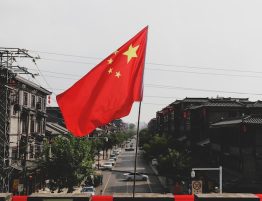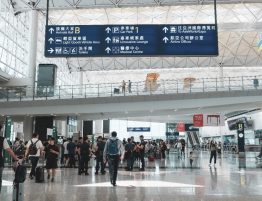
In view of the development acceleration of the Italian economy, especially in the Mediterranean area, the special economic zones (SEZs) have been identified as a functional means of pursuing this objective. On a practical level, the relevant measures adopted by the Italian government and promoted within the PNRR-Piano Nazionale di Ripresa e Resilienza, aim at increasing the degree of attractiveness of these areas both at logistic, administrative and fiscal level, with the main objective of creating real “growth poles” and catalyzing investments, also from abroad.
Over the years, the SEZs have been developed in different countries according to different models. However, regardless the area of establishment, the objective remains unchanged: the SEZs represent the means by which the government authority provides companies incentives and other measures as tax benefits and regulatory exemptions with the chief objective of supporting the development of the companies already operating and the establishment of new ones.
In recent years, the experience of SEZs is also involving some countries of the European Union, which at present includes about ninety special economic zones. In the specific case of Italy, the reception of SEZs benefits found concretization within the Law 59/2017 and the following DPCM 12/2018 through which special economic zones have been established in particular areas of Southern Italy, with the aim of transforming the harbor ports (the biggest in Italy) into means of development for the national and European maritime economy. The new provisions promoted in favor of the SEZs refer to three macro-sectors: logistics, administration and taxation.
- Logistics
In this perspective, the PNRR provides for the destination of 630 million euros to infrastructural investments deemed vital for the connection of SEZs with the Trans-European Transport Network (TEN-T) and an additional amount of 1,2 billion euros to be allocated to interventions on the main ports of Southern Italy. These funds will be fundamental in order to create the adequate connections between the ports and the inland terminals with the manufacturing industry, together with an efficient transport infrastructural network, whose lack still represents an obstacle for the concrete implementation of the SEZs.
The objectives in favor of SEZs, outlined within the PNRR, are not limited to the creation of adequate connections aimed at reducing the transit time and shipping costs. On the sidelines of the PNRR, the D.L. 77/2021 (Simplification Decree) introduced a reform aiming at simplifying the governance system of SEZs and speeding up the timing of construction.
This reform includes new procedural provisions and tax benefits, which are further tools for attracting new investments, both national and international.
- Administrative simplification
Within the SEZs, it will be introduced the so-called “single authorization” in substitution of the previous authorizations, concessions and opinions from various authorities. In the cases deemed appropriate, it will represent the variation to urban and spatial planning tools (excluding the Regional Landscape Plan). The compliance to regulation on environmental impact assessment remains mandatory.
In general, this authorization, issued by the relevant Commissioner in shorter times than before, would allow the implementation of all the work and activities provided for by the project.
- Taxation
Of particular interest is the new provision relating to tax credit for the investments started by the companies within the SEZs area. According to this provision, it will be raised the maximum limit of the total eligible cost from 50 million euros to 100 million, calculated on the total cost of capital goods acquired before the 31 December 2022, including the immovable property acquired via financial leasing contract.
The identification of the special economic zones, along with the launch of the PNRR and further supporting reforms, marks the opening of a new phase for the future of Southern Italy, which is an area heavily penalized by a serious shortfall in infrastructure that create a wide gap with the remaining national territory.
Investments, benefits and incentives will be necessary in order to kick-start the so-called Blue Economy, allowing Southern Italy regions to participate actively in this economic recovery.
China Desk – Studio Legale Zunarelli








